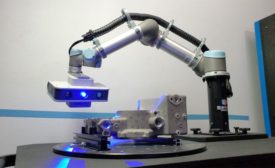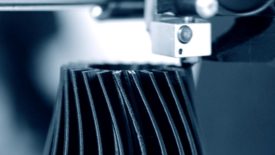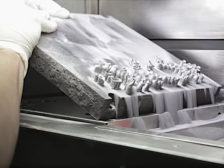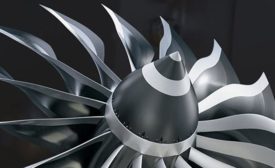Home » additive manufacturing
Articles Tagged with ''additive manufacturing''
NDT | Additive Standards
Using AM to Alleviate Supply Disruptions, Without Jeopardizing Quality
The use of additive manufacturing has been on a strong and steady incline for decades.
June 8, 2022
Quality Headline
Gaps Progress Report Available: America Makes & ANSI Standardization Roadmap for Additive Manufacturing
May 2, 2022
Quality 101
Quality in Additive Manufacturing
To facilitate widespread adoption of AM, it will be necessary for material property data to be shared among the design community at large instead by being held by a few large companies.
January 8, 2022
NDT | Additive Standards
Additive Manufacturing & Standards
When new industries, technologies, or processes emerge and grow, so does the need for standardization.
November 8, 2021
NDT | Ultrasonics
The Critical Role of Ultrasound in Advance Additive Manufacturing for Industrial Applications
Inspection plays a critical role during all phases of product development and implementation, making UT methods an enabling technology for new AM applications.
October 15, 2021
Aerospace | NDT in Aerospace
Ensuring Aerospace Component Quality with CT-Data Analysis and Visualization Software
For as long as There Has Been Commercial and MilitaryFlight, Aircraft Compoenent Suppliers Have Been Charged With Providing Dimensional and Process Control-Related Data.
July 8, 2021
Aerospace | NDT Additive
Essential Considerations for Cost Effective Additive Inspection
Understanding How to Leverage Inspection Technologies Will Aid Cost Reduction and Throughput of Components
July 6, 2021
Stay in the know with Quality’s comprehensive coverage of
the manufacturing and metrology industries.
eNewsletter | Website | eMagazine
JOIN TODAY!Copyright ©2024. All Rights Reserved BNP Media.
Design, CMS, Hosting & Web Development :: ePublishing










